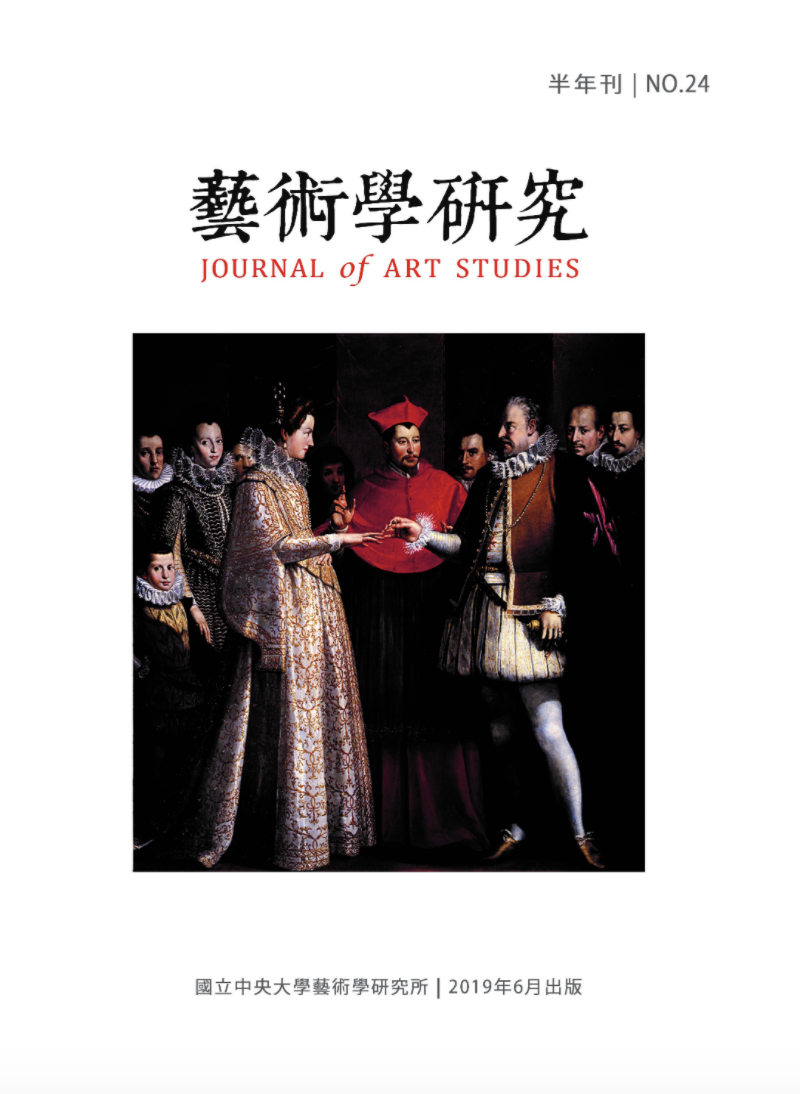十八世紀英國著名演員與劇場經理人賈里克( David Garrick)以「自然」演技縱橫倫敦舞台超過三十年,其圖像更成為廣大戲迷最愛收集的商品之一。當時不僅畫家喜歡畫名人賈里克,賈里克亦喜歡入畫。流傳至今的賈里克肖像及 與圖像數量超過三百多幅,遠勝過當時期的任何一個人。其中,霍加斯(William Hogarth) 1745年所繪的油畫《賈里克扮演理查三世》,其印刷圖像成為十八世紀英國流傳最廣的劇場圖像,也常收錄在現今劇場史書籍,彷彿被視為賈里克自然演技的證據。然而,欠缺說明,觀者如何得知它和賈里克演技的關聯並避免落入詮釋的陷阱?此外,這幅畫不尋常地混合肖像畫和歷史畫兩個類型,描繪賈里克扮演其著名舞台角色英國國王理查三世的戲劇場景。霍加斯的畫作向來以敘事性和劇場性著稱,那麼,他透過這幅類型混雜、主題獨特的畫作欲建構的敘事為何?本文將「賈里克扮演理查三世 」圖像置於筆者所測繪的劇場圖像學三個分析架構中的前兩個範疇來「閱讀」。 首先,在劇場史學研究範疇下視劇場圖像為記錄文件,審視該張圖像可能揭露的賈里克的演技方法與詮釋陷阱。第二部分進一步在文化研究範疇下視圖像不僅是指涉他物的文件,亦是值得研究的物件,探究圖像作為社會的潛文本隱藏何種(繪畫和劇場)藝術價值觀、文化概念,以及牽涉的商業力量。
David Garrick's natural acting ability made the actor manager a star on the London stage for over 30 years. His fans eagerly collected images of him. As much as painters loved to paint Garrick, Garrick himself loved to be painted. More than 300 portraits and pictures of Garrick, far more than those of his contemporaries, are known to exist. One of these, the engraved picture of Hogarth’s oil painting of Garrick as Richard the Third, became the most popular theatrical image in 18th century England. It has been included in books related to the history of Western theatre, and presented as evidence of Garrick’s natural acting. However, without further explanation, how can this picture help the viewers understand Garrick’s art of acting without falling into interpretative traps? In addition, this picture presents an unusual combination of portraiture and history painting, depicting Garrick as King of England in a theatrical scene. What is the narrative that Hogarth, known for his inclination to tell stories through his paintings, intended to construct through this image with its hybrid genre and unique subject? This article attempts to interpret this theatrical image by situating it in two of the three analytical frameworks of theatre iconography proposed by this researcher. First, in the category of theatre historiography, the image is examined as a theatrical document to discover what it may reveal about Garrick’s acting and draw attention to the traps of interpretation. Second, in the category of cultural studies, the image, seen as not just a document, but a monument, is read as a social text, involving cultural codes, artistic conventions, and commercial forces.


